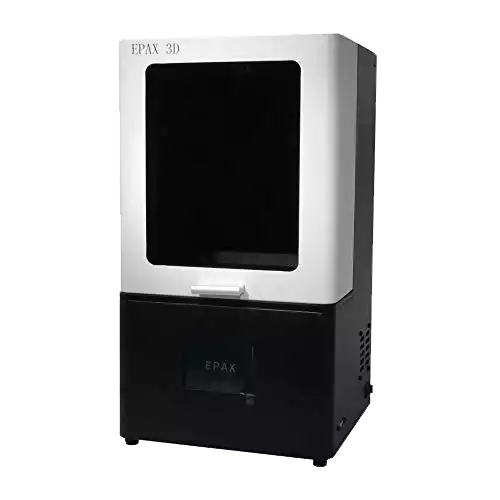The Pros
- Fully leveled and ready to print out of the box
- Beginner friendly
- Great quality prints equal to almost all resin 3D printers in its class
- Cheap and accessible replacement parts
- Hinged door makes access to the build plate incredibly easy
The Cons
- Small print volume
- Expensive & next generation printers are cheaper than this
- Printer is significantly heavier than its competitors



